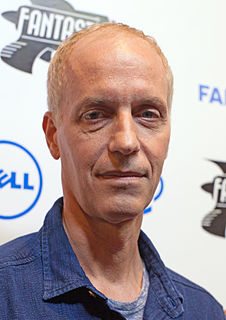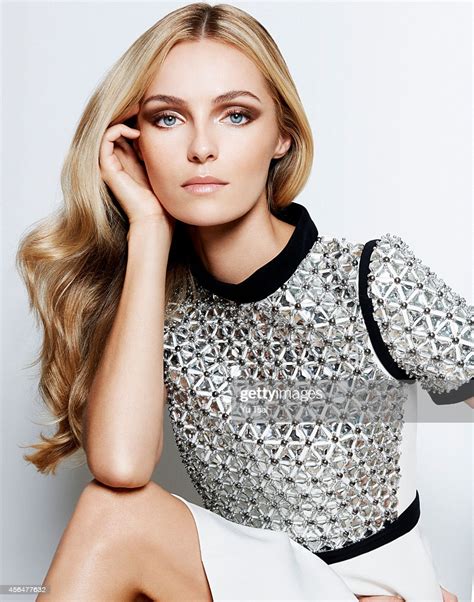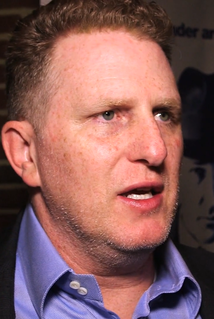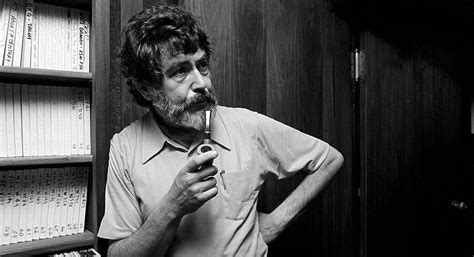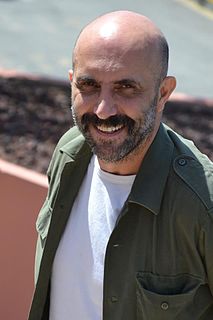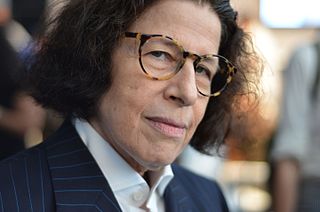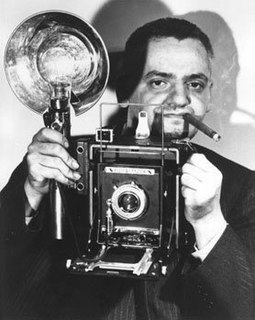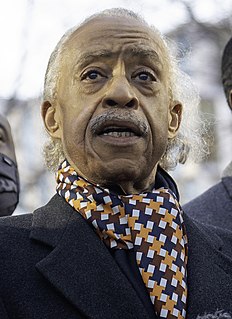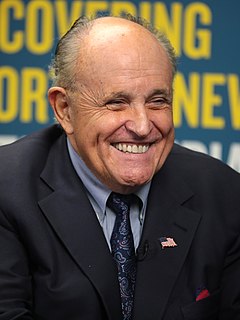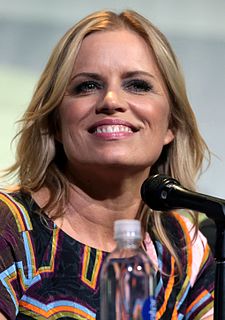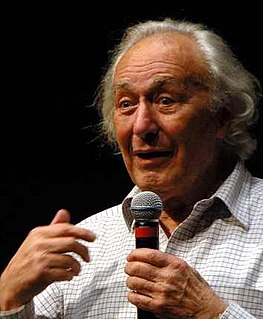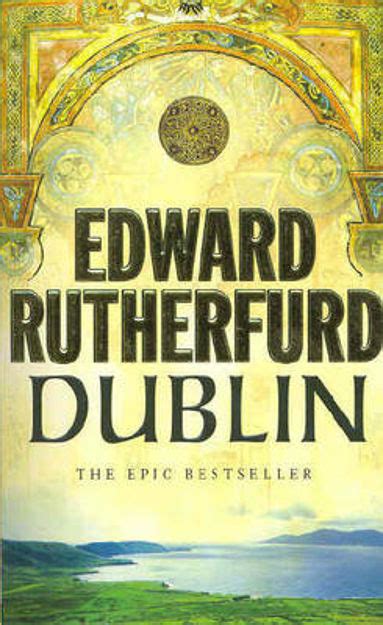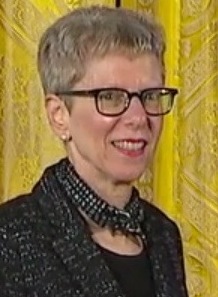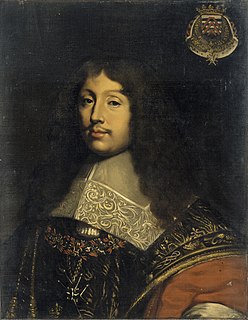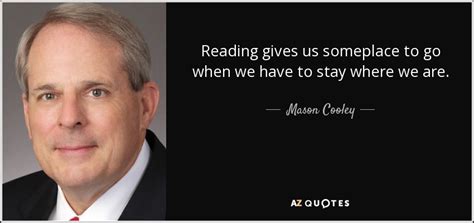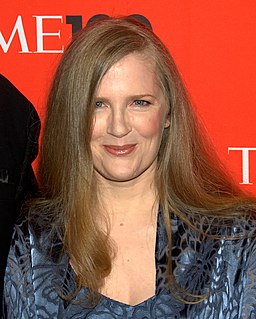A Quote by Dan Gilroy
A number of years ago, I found a book of photography by Weegee; he was a crime photographer in the 1930s in New York. He was the first person to put a police scanner in a car and drive around.
Related Quotes
The New York book was a visual diary and it was also kind of personal newspaper. I wanted it to look like the news. I didn’t relate to European photography. It was too poetic and anecdotal for me… the kinetic quality of new york, the kids, dirt, madness—I tried to find a photographic style that would come close to it. So I would be grainy and contrasted and black. Id crop, blur, play with the negatives. I didn’t see clean technique being right for New York. I could imagine my pictures lying in the gutter like the New York Daily News.
I first considered writing 'New York' in 1991. I'd been in the city for a decade, was married to an American wife, and sending my children to New York schools. I was even on the board of a coop building. But I wasn't sure how to organize such complex material, and for many years I put the project aside.
I had published a co-edited book with Oxford a decade ago, my first book actually. Years later I found myself having lunch with Lori Stone, who was an editor at Oxford at that time. We connected at a conference and over the course of lunch she told me about a wonderful new series she had just developed called Understanding Research.
